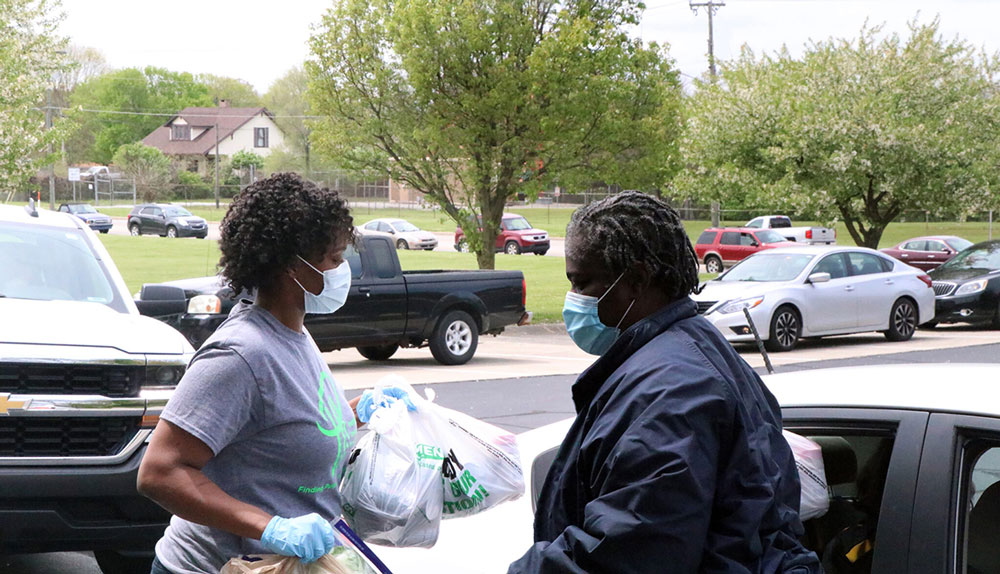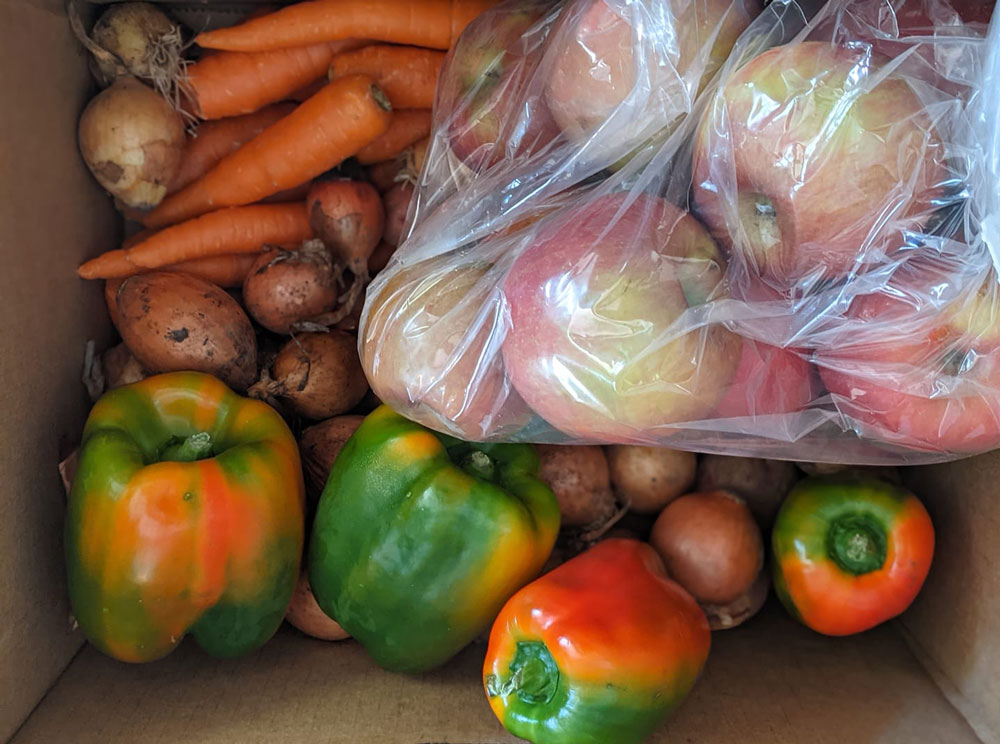By Tim Kean, President & CEO
Nothing like just finishing a national conference to give me hope and pause at the same time. I will try to boil down 3 days’ worth of information to only a few bullet points of key topics. The updated projection for 2021 is that 42 million individuals may experience food insecurity in 2021. This number is actually down compared to the 45 million in 2020. This is a reason to take a moment and celebrate.
OK, celebration is over, it’s still 42 million people. That’s 1 in 8 people overall and 1 in 6 children (13 million). Our local numbers are slightly worse than those averages, but have been for a very long time. Stark racial disparities exist in food insecurity, with 1 in 5 Black, 1 in 6 Latino, and 1 in 4 Native American households historically impacted pre-COVID. These significant disparities are expected to continue despite decreased projections. That gives me pause.
Food Insecurity Frequency
American
Households
Black
Households
Latino
Households
Native American
Households
Although hunger projections have declined slightly, food insecurity is expected to remain elevated throughout 2021 compared to pre-pandemic levels for 96% of all counties in the U.S. A record number of people sought help in 2020 – with food banks reporting an average of 55% increase in demand and an estimated 40% of individuals served early in the pandemic had never sought help before. Food banks have to continue to innovate to meet unprecedented need with new distribution and outreach models, delivering over 6.1 billion meals in 2020 (1.8 billion pounds being fresh produce). This is a 44% jump in meals provided compared to 2019.

For us, the new innovations have been using cargo vans with some community volunteers to make food deliveries to underserved neighborhoods. Also new is our Small Community Distributions that target towns with less than 2,500 people to reach under-resourced and under-served rural communities. Our level of engagement with our massive Tailgate Distributions (18 per month), are still at twice the frequency of 2019. In most recent days, we are seeing a slight decrease in the number of families attending the Tailgates and that is very consistent with tax returns and this year’s additional stimulus checks. I anticipate that the numbers will be back up again in May, June, and July.
Our food supply comes from three sources:
- Donated food from the U.S. food manufacturing and distribution system, national, regional and local
- TEFAP – The Emergency Food Assistance Program, (USDA Govt. Commodities)
- Purchased Food – items we purchase on the open market from warehouses, food brokers and direct from manufacturers.
With the fantastic cooperation between the regional food banks in Indiana, we have been able to keep our inventory relatively stable. This partnership mainly addresses the overages and shortages we all experience mainly in fresh produce, but has been a lifesaver to ensure we can continue to meet our aggressive food distribution schedules with all inventory lines. Even though it has been more difficult to consistently receive, fresh produce still remains at 35% of all the pounds we distribute. Meat/Fish/Poultry is running at 14% for 2021 and Dairy is at 8%. So, the Big 3, produce, protein, and dairy are 57% of all pounds distributed to struggling families in the first four months of 2021.

The nutritional needle has been moving upward in the Feeding America network for several years, with more positive steps in development for the future. The strength and unity of this national network has never been better poised to impact hunger in my experience over the last 16 years. We’re excited to lean into this work and see families continue to get back up on their feet, which benefits everyone.

